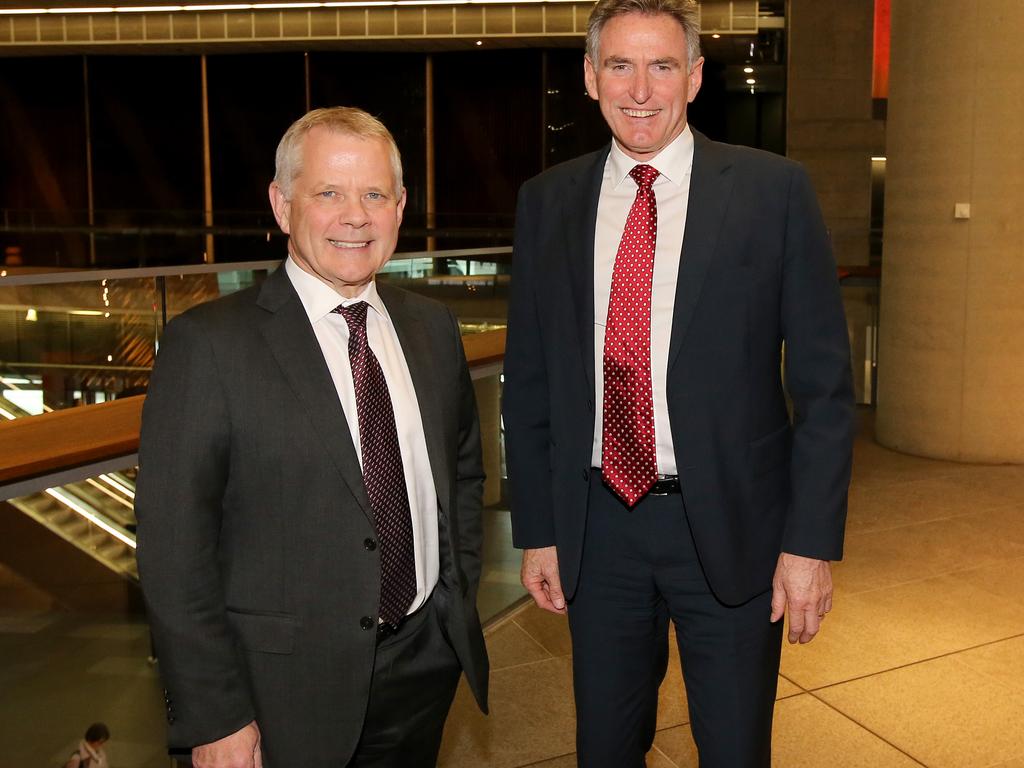Green bank confused about aim
The Abbott government pledged to abandon the project but couldn’t, so it restricted the CEFC lending mandate. The Turnbull government relaxed the lending rules to allow the CEFC to resume support for mature technologies as well as some emerging favourites. The Morrison government has expanded the investment remit further to include new technologies including carbon capture, gas and recycling.
The result has been confusion on the part of the CEFC as to what exactly its true focus should be. This conflict is expressed in an audit of the CEFC’s lending performance and response from the corporation. The Australian National Audit Office found the CEFC has never met its government-mandated benchmarks for investment returns and has no strategy to do so within the next decade. The CEFC is expected to make a return on funds of 5-6 per cent but it has achieved a seven-year rate of 4.75 per cent, with investments in its Innovation Fund losing up to 27.1 per cent in one year. CEFC chairman Steven Skala responded to the audit report by rejecting the view that the CEFC should be guided by profit in all of its investments. The CEFC says while it operates with an objective of financial sustainability, profit maximising is not its primary objective. Mr Skala says the CEFC primarily invests for a public policy purpose.
Abandonment of investment norms appears to be a trait shared by many renewable energy enthusiasts, particularly when it is government money at stake. For industry participants, the problem is not that the CEFC does not meet its performance benchmarks but that those benchmarks are too high. Rather than 6 per cent, a performance rate of 0.25 per cent has been suggested. The real problem has been identified by Grattan Institute analyst Tony Wood: the CEFC is conflicted because it is neither fish nor fowl. It is a financial institution freelancing as a venture capitalist with modest expectations.
The CEFC claims its government-backed investment of $8.2bn has unlocked leveraged commitments of $24.3bn since 2012. The audit report says this figure includes projects that would have gone ahead without the CEFC’s support. In these cases, the CEFC is unfairly competing with the private sector or providing a government subsidy to other lenders that do not require it. There certainly may be a role for government in supporting new technologies but it is reasonable to ask if the CEFC is the best approach. Given that mature technologies such as wind and solar photovoltaic are now regarded as the cheapest available option there is no obvious reason for continued government support.
Government support for emerging but non-profitable new technologies is already provided by the CEFC’s sister organisation, the grant-focused Australian Renewable Energy Agency. ARENA says that since 2012 it has supported 566 projects with $1.63bn in grant funding, unlocking a total investment of almost $6.69bn in Australia’s renewable energy industry. The CEFC is another step along the chain but the audit report shows it is operating in areas where it is not needed and it is conflicted in supporting new technologies that prevent it from meeting its mandated return on public funds. The answer is not to lower the bar of expectations in terms of financial performance. Ultimately, the level, cost and benefit of public good provided by the CEFC must be expressed more clearly. Britain resolved the issue by privatising its Green Investment Bank and selling it to Macquarie Bank. This is an example the Morrison government would be wise to consider.






Australia’s $10bn green bank experiment, the Clean Energy Finance Corporation, comes complete with all of the distortions and compromises that illustrate why picking business winners is no place for government. Conceived by the Gillard Labor-Greens alliance in 2012, the CEFC was established to provide finance for renewable energy projects when backers were hard to find. The concept was that a pool of government funds could help take risk out of investments to make them a safer proposition for more traditional lenders.